10 Must-Know Massage Therapy Specialties for Optimal Wellness
Find the diverse world of massage therapy specialties! Learn about Swedish, deep tissue, sports, aromatherapy, prenatal, reflexology, hot stone, Thai, shiatsu, and lymphatic drainage massages. Our comprehensive guide will help you find the best type for your needs, booking tips, and each technique’s benefits.
Introduction
Massage therapy has long been celebrated for alleviating stress, reducing pain, and enhancing overall well-being. However, determining the time that best suits your needs can be challenging, given the myriad of massage therapy specialties available.
Whether you’re seeking relief from chronic pain, improving athletic performance, or simply looking to unwind, understanding the unique benefits of each massage technique is crucial.
In this blog post, I’ll explore a wide range of massage therapy specialties, from the gentle and relaxing strokes of Swedish massage to the targeted pressure of deep tissue massage. I’ll examine the types of therapy to help you decide which will provide the most benefit.
Additionally, I’ll offer tips on finding the right therapist, resources, and insights for booking and purchasing massage services.
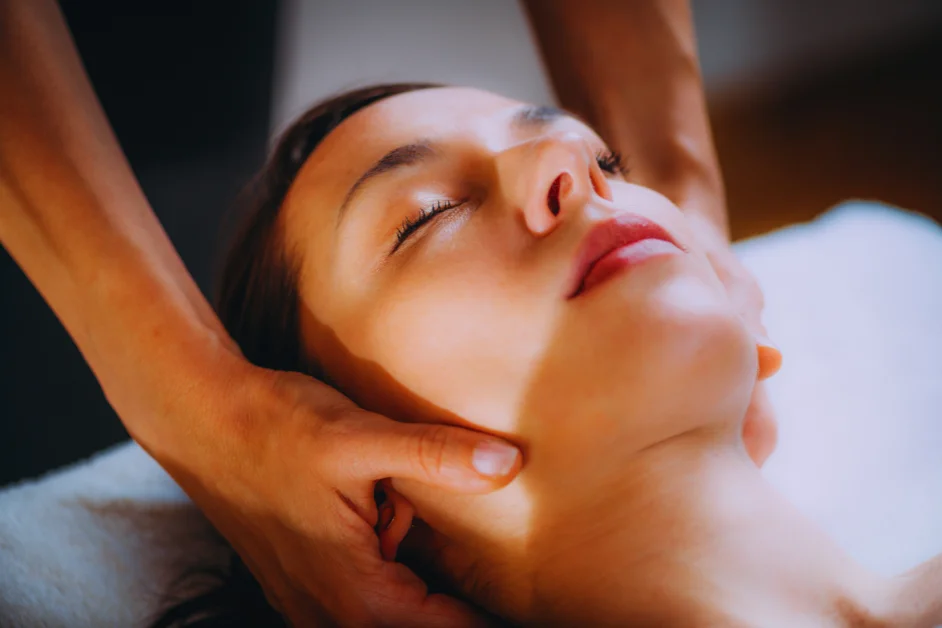
Overview of Massage Therapy Specialties
1. Swedish Massage
Swedish massage is one of the most well-known and widely practiced forms of massage therapy. It involves long, gliding strokes, kneading, and circular movements on the topmost layers of muscles. This technique is ideal for relaxation and easing muscle tension. Expected benefits include improved circulation, increased flexibility, and reduced stress.
2. Deep Tissue Massage
Deep tissue massage focuses on realigning deeper layers of muscles and connective tissue. It benefits chronically tense and contracted areas such as stiff necks, lower back tightness, and sore shoulders. Techniques include slow strokes and deep finger pressure to relieve pain and restore movement. This type of massage benefits individuals recovering from injuries or experiencing chronic pain.
3. Sports Massage
Sports massage is designed specifically for athletes and active individuals. It helps prevent injuries, improves flexibility, and enhances performance by focusing on areas of the body that are overused and stressed from repetitive movements. Techniques vary depending on the athlete’s sport and specific needs and may include a combination of Swedish massage, deep tissue work, and stretching.
4. Aromatherapy Massage
Aromatherapy massage incorporates the use of essential oils derived from plants. These oils are either inhaled or absorbed through the skin during the massage. Each oil has unique properties, such as calming lavender or refreshing peppermint. Combining massage and aromatherapy effectively promotes relaxation, reduces stress, and improves mood.
5. Prenatal Massage
Prenatal massage is tailored to the needs of pregnant women and focuses on alleviating the common discomforts associated with pregnancy. Techniques are modified to ensure the safety and comfort of both mother and baby. Benefits include reduced swelling, improved circulation, and relief from back pain. This massage also helps reduce anxiety and promote overall well-being during pregnancy.
6. Reflexology
Reflexology involves applying pressure to specific feet, hands, and ears points. These points correspond to different organs and systems in the body. By stimulating these areas, reflexology aims to improve overall health and well-being. Benefits include stress reduction, improved circulation, and relief from pain and discomfort.
7. Hot Stone Massage
Hot stone massage involves smooth, heated stones placed on specific body points. The stones’ heat helps relax muscles and allows the therapist to apply deeper pressure. This type of massage is highly effective in alleviating muscle tension, improving blood flow, and promoting relaxation.
8. Thai Massage
Thai massage is a unique blend of assisted yoga, acupressure, and rhythmic compression. The therapist uses their hands, knees, legs, and feet to move the client into yoga-like stretches. This technique improves flexibility, relieves muscle and joint tension, and improves the body’s energy flow. Unlike other forms of massage, Thai massage is performed on a mat on the floor, and the client remains entirely clothed.
9. Shiatsu Massage
Shiatsu massage is a Japanese technique that involves applying pressure to specific points on the therapist’s therapist’s fingers, thumbs, and palms. This practice is based on the principles of traditional Chinese medicine and aims at the body’s energy flow. Shiatsu is effective for stress relief, muscle tension, and improving overall energy levels.
10. Lymphatic Drainage Massage
Lymphatic drainage massage is a gentle technique that stimulates the lymphatic system to remove toxins and waste from the body. It involves light, rhythmic strokes and is particularly beneficial for individuals with conditions such as lymphedema, chronic fatigue, and post-surgical swelling. This massage enhances immune function, reduces swelling, and promotes overall detoxification.
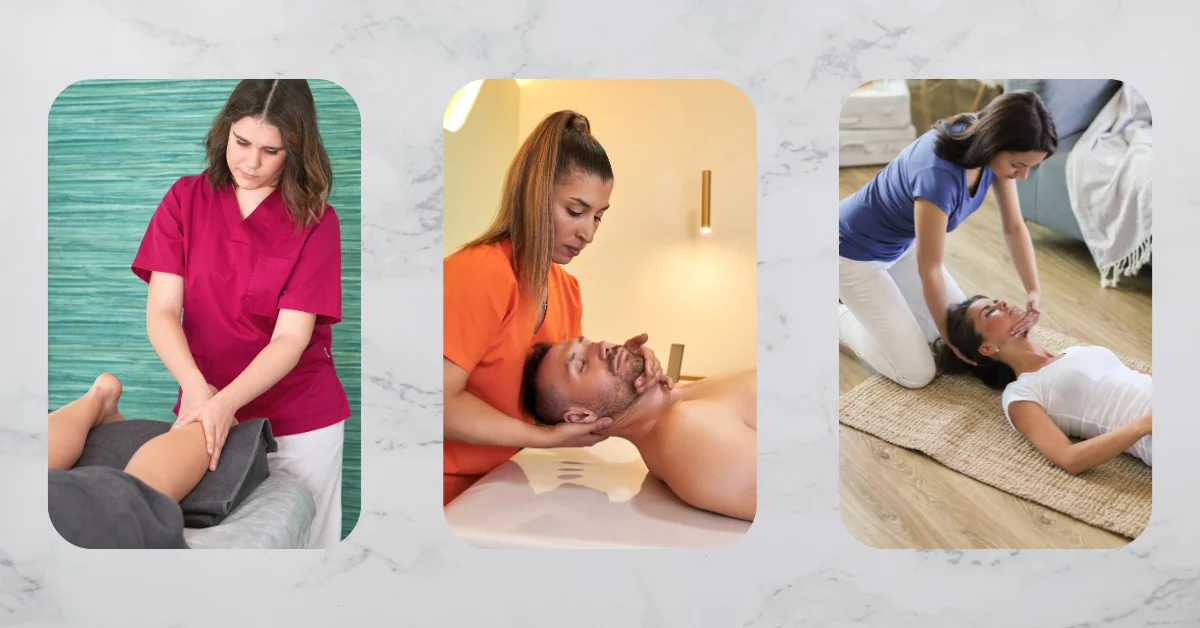
Finding the Right Therapist and Resources
Tips for Finding Qualified Massage Therapists
- Credentials and Certifications:
- Look for therapists who are certified and licensed by recognized bodies such as the National Certification Board for Therapeutic Massage & Bodywork (NCBTMB) or equivalent in your country.
- Additional certifications in specific massage specialties indicate advanced training and expertise.
- Experience and Specialization:
- Consider therapists with extensive experience, particularly in the type of massage you are interested in.
- Read bios and professional profiles to understand their areas of specialization and the techniques they frequently use.
- Reviews and Testimonials:
- Read reviews on Google, Yelp, or specific massage therapy websites.
- Pay attention to the feedbatherapist’s professionalism, effectiveness, and client satisfaction.
- Personal Recommendations:
- Ask friends, family, or healthcare providers for recommendations.
- Personal referrals often provide trustworthy and firsthand therapist’s skills and demeanor.
- Initial Consultation:
- Schedule a consultation or a short introductory session with the therapist’s approach and compatibility with your needs.
- Discuss your specific health concerns and goals to ensure they can tailor their techniques accordingly.
Recommended Websites and Associations
- American Massage Therapy Association (AMTA):
- Offers a comprehensive directory of certified massage therapists.
- Provides resources and information about different massage techniques and their benefits.
- National Certification Board for Therapeutic Massage & Bodywork (NCBTMB):
- Lists certified therapists and continuing education opportunities.
- Offers resources on the standards and ethics of massage therapy.
- Massage Therapy Foundation:
- Provides research and educational resources on the science of massage therapy.
- Offers grants and scholarships for massage therapy research and education.
- International Spa Association (ISPA):
- Features a directory of spas and wellness centers.
- Offers resources on spa industry standards and best practices.
- Local Directories and Community Centers:
- Many cities have local directories or community centers that list reputable massage therapists.
- Look for local health and wellness fairs where therapists often provide information and mini-sessions.
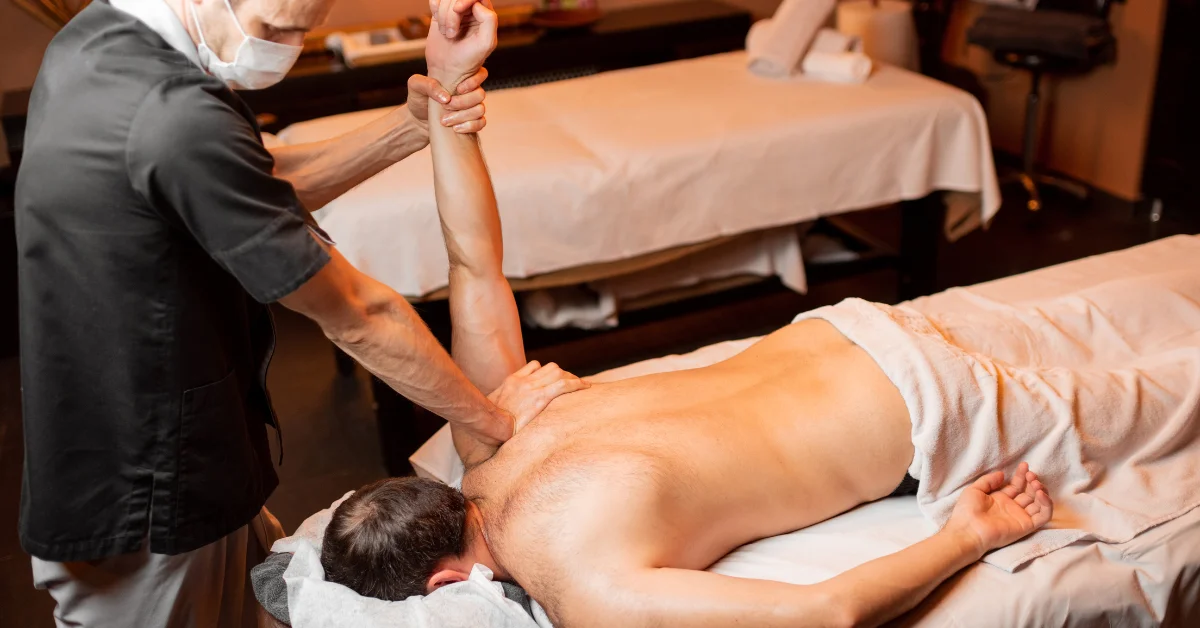
Resources for Learning About Specific Massage Techniques
- Books and eBooks: “Titles like “The Complete Gui”e to “Assage” and “Massage Therapy: Principles” and Practice” offer in-depth knowledge about various techniques and practices.
- eBooks on platforms like Amazon Kindle or Apple Books provide accessible information on the go.
- Online Courses and Workshops:
- Websites like Udemy, Coursera, and the AMTA offer online courses covering different massage techniques and their applications.
- Local wellness centers and colleges often host workshops and classes for hands-on learning.
- Professional Journals and Articles:
- Journ, like the “Journal of Bodywork and Movem” and Therapies,” publishes research and articles on the latest in massage therapy.
- Access articles through academic databases or memberships with professional associations.
- YouTube Channels and Podcasts:
- C”channels like “Massage Nerd” and p”podcasts like “The Massage Busin” ss Blueprint” provide visual demonstrations and expert interviews.
- These platforms offer tips, techniques, and industry insights to professionals and enthusiasts.
Booking and Purchasing Massage Services
How to Book a Massage Session
- Online Booking Platforms:
- Use reputable online booking platforms like Mindbody, Schedulicity, or Vagaro, which list local massage therapists and allow you to book appointments directly.
- These platforms often feature reviews, ratings, and detailed profiles of therapists, helping you make an informed decision.
- Spa and Wellness Center Websites:
- Visit the websites of local spas and wellness centers to view their services, available therapists, and pricing.
- Many offer online booking forms or contact information to schedule appointments.
- Mobile Massage Apps:
- Apps like Zeel and Soothe offer on-demand massage services, where therapists visit your home, office, or hotel.
- These apps provide the convenience of scheduling a massage at your preferred location and time.
- Direct Contact:
- Call or email the therapist or wellness center directly to book an appointment.
- This method allows for personalized communication, where you can discuss your needs, preferences, and any special requirements.
Tips for Choosing the Right Type of Massage
- Identify Your Needs:
- Determine your primary goal for the massage (e.g., relaxation, pain relief, recovery from injury, stress reduction).
- Match your needs with the benefits of different massage types (e.g., deep tissue for chronic pain and aromatherapy for relaxation).
- Consult with the Therapist:
- Discuss your health history, specific issues, and massage goals with the therapist.
- A professional therapist can recommend the most suitable type of massage based on your individual needs.
- Consider Combination Therapies:
- Some therapists offer combination sessions, incorporating elements of different massage techniques to address multiple needs.
- For example, a session might include Swedish and deep tissue techniques for relaxation and targeted pain relief.
Information on Purchasing Gift Certificates and Packages
- Gift Certificates:
- Available at most spas, wellness centers, and through individual therapists.
- It can be purchased online, over the phone, or in person.
- Make for thoughtful gifts for special occasions, allowing recipients to choose their preferred type of massage.
- Massage Packages:
- Many providers offer discounted packages for multiple sessions, which can be a cost-effective way to maintain regular massage therapy.
- Packages might include a series of the same type of massage or a mix of different techniques.
- It is ideal for individuals committed to ongoing wellness and pain management.
- Special Offers and Memberships:
- Look for special promotions, seasonal discounts, and memberships that provide regular massage sessions at a reduced rate.
- Memberships often include additional perks such as priority booking, discounts on other services, and exclusive access to special events.
Payment and Insurance Considerations
- Payment Options:
- Most therapists and spas accept various forms of payment, including credit/debit cards, cash, and mobile payment apps.
- Confirm accepted payment methods when booking your appointment.
- Insurance Coverage:
- Some health insurance plans cover massage therapy if it is deemed medically necessary and prescribed by a healthcare provider.
- Check with your insurance provider to see if massage therapy is covered under your plan and what documentation is required.
- Flexible Spending Accounts (FSAs) and Health Savings Accounts (HSAs):
- Massage therapy may be eligible for reimbursement through FSAs and HSAs if it is for a medical condition.
- Keep receipts and any required documentation to submit for reimbursement.
Comparing Massage Types
Best Massages for Specific Conditions
- Back Pain:
- Deep Tissue Massage: Targeting deeper muscle layers is effective for chronic back pain and tension.
- Swedish Massage: Provides general relaxation and can help reduce mild to moderate back pain.
- Stress and Anxiety:
- Aromatherapy Massage: Combines gentle massage with essential oils to promote relaxation and reduce anxiety.
- Shiatsu Massage: Uses finger pressure to balance energy and reduce stress.
- Athletic Recovery:
- Sports Massage: Tailored for athletes, focusing on muscle recovery, flexibility, and injury prevention.
- Thai Massage: Incorporates stretching to improve flexibility and reduce muscle tension.
- Pregnancy Discomfort:
- Prenatal Massage: Specifically designed for expectant mothers, alleviating pregnancy-related aches and improving circulation.
- Detoxification and Swelling:
- Lymphatic Drainage Massage: Gentle strokes stimulate the lymphatic system, aiding in detoxification and reducing swelling.
User Reviews and Testimonials
- Importance of Reading Reviews:
- Reviews provide therapist’s professionalism, technique, and overall client satisfaction.
- Look for detailed feedback about the type of massage you are interested in.
- Where to Find Reliable Reviews:
- Online Booking Platforms: Websites like Mindbody and Schedulicity feature user reviews.
- Social Media: Platforms like Facebook and Instagram often have reviews and client testimonials.
- Health and Wellness Forums: Sites like Reddit and specialized wellness forums can offer personal experiences and recommendations.
- What to Look For in Reviews:
- Consistency in positive feedback therapist’s skill and effectiveness.
- Specific mentions of improvements in conditions similar to yours.
- Commentherapist’se therapist’s demeanor and the overall experience.
Effectiveness and Benefits Comparison
- Swedish vs. Deep Tissue Massage:
- Swedish Massage: Best for relaxation, improved circulation, and general well-being.
- Deep Tissue Massage: More intense, focusing on deeper muscle layers to relieve chronic pain and tension.
- Sports Massage vs. Thai Massage:
- Sports Massage: Tailored to athletes, focusing on muscle recovery, flexibility, and injury prevention.
- Thai Massage: Combines acupressure and assisted yoga stretches, enhancing flexibility and energy flow.
- Aromatherapy Massage vs. Shiatsu Massage:
- Aromatherapy Massage: Uses essential oils to enhance relaxation and mood.
- Shiatsu Massage: Focuses on the body’s the body’s energy using finger pressure on specific points.
- Prenatal Massage vs. Lymphatic Drainage Massage:
- Prenatal Massage: Designed for the comfort and safety of pregnant women, alleviating pregnancy-related discomforts.
- Lymphatic Drainage Massage: Promotes detoxification and reduces swelling through gentle, rhythmic strokes.
- Hot Stone Massage vs. Reflexology:
- Hot Stone Massage: Uses heated stones to relax muscles and enhance blood flow.
- Reflexology: Applies pressure to specific points on the feet, hands, and ears to improve overall health.
Conclusion
Massage therapy offers diverse techniques to address specific health concerns and promote well-being. From the gentle relaxation of Swedish massage to the deep, targeted pressure of deep tissue massage, there is a specialty for every need.
Whether you are an athlete looking to enhance performance, a pregnant woman seeking relief from pregnancy-related discomforts, or someone simply needing relaxation, understanding the various massage specialties can help you make the best choice.
Also, if you have any questions or need further advice, please ask. Our community at Hot Tub Patio is here to support you on your journey to wellness.










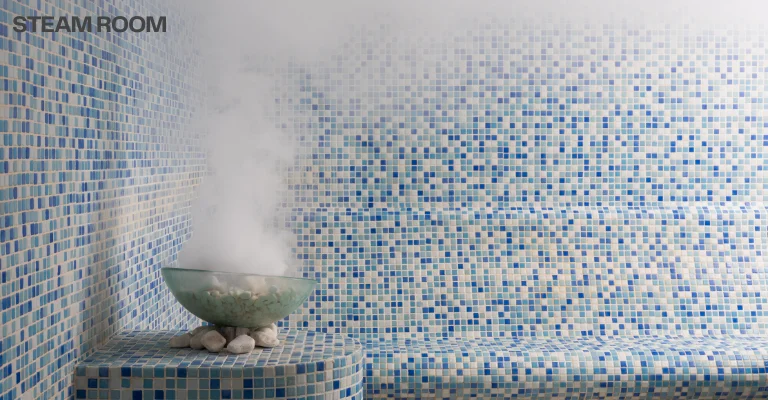

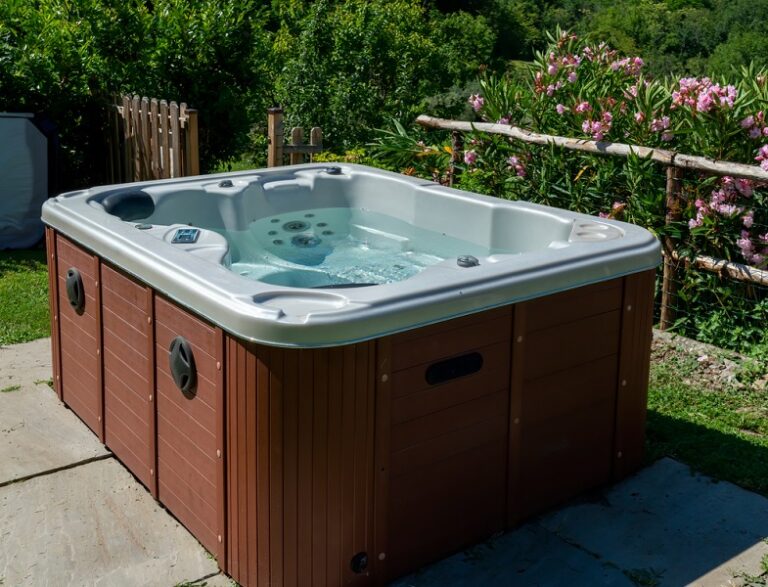
One Comment